Experience Extracting Pearls From Akoya Oysters
In the world of fine jewelry, Akoya oysters are renowned for producing pearls of exceptional luster and quality, with sizes typically ranging from 6 to 8 millimeters.
But what truly captivates enthusiasts is the intricate process of extracting these treasures from the depths of these marine mollusks.
From the gentle hands that coax the pearls from their iridescent homes to the meticulous craftsmanship involved, the journey of extracting pearls from Akoya oysters is a fascinating blend of nature’s artistry and human skill.
Stay tuned to discover the mesmerizing world hidden within each pearl, waiting to be uncovered.
Key Points
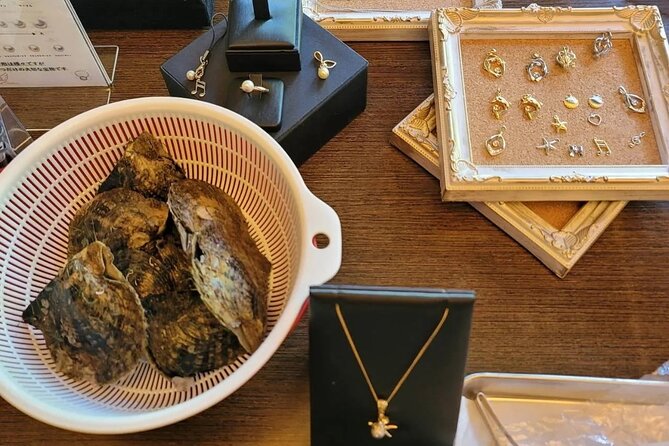
- Akoya pearls are sustainably cultivated, emphasizing quality and elegance.
- Careful harvesting techniques preserve oysters and ensure premium pearl extraction.
- Skilled harvesters delicately extract pearls, influencing their size and quality.
- Grading criteria for Akoya pearls include luster, surface quality, shape, and size.
Akoya Oysters and Pearl Farming
Amidst the crystal-clear waters of coastal Japan, Akoya oysters play a crucial role in the captivating world of pearl farming. These oysters are nurtured using meticulous cultivation methods that emphasize sustainability. The process involves implanting a nucleus into the oyster, which then secretes layers of nacre to form the lustrous pearls treasured in the jewelry industry.
In recent years, pearl jewelry trends have shown a growing preference for Akoya pearls due to their impeccable quality and classic elegance. Market insights reveal that consumers appreciate the timeless beauty and versatility of Akoya pearl jewelry, making them a sought-after choice for both traditional and modern designs. As the demand for sustainable and ethically sourced pearls increases, Akoya oysters remain at the forefront of the industry.
Oyster Harvesting Techniques
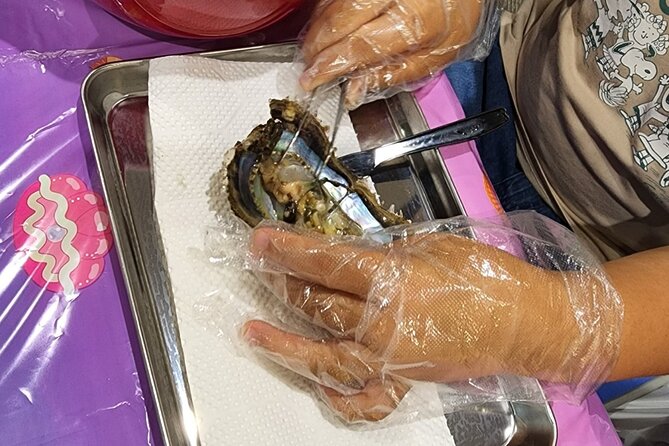
Utilizing specialized tools and careful precision, oyster harvesting techniques involve delicately extracting the valuable pearls from Akoya oysters without causing harm to the delicate creatures. To achieve this, harvesters must understand the oyster anatomy and cultivation methods to ensure a sustainable practice.
Here are key points regarding oyster harvesting techniques:
- Gentle Handling: Oysters are carefully pried open to access the pearls without damaging the mollusk.
- Proper Timing: Harvesting is done at specific intervals to allow oysters to produce high-quality pearls.
- Selective Harvesting: Only mature oysters with developed pearls are harvested to maximize resources.
- Environmental Awareness: Sustainable practices are implemented to protect oyster populations and their habitats.
- Ethical Considerations: Harvesting is done with respect for the oysters and the environment to maintain a balanced ecosystem.
Pearl Extraction Process
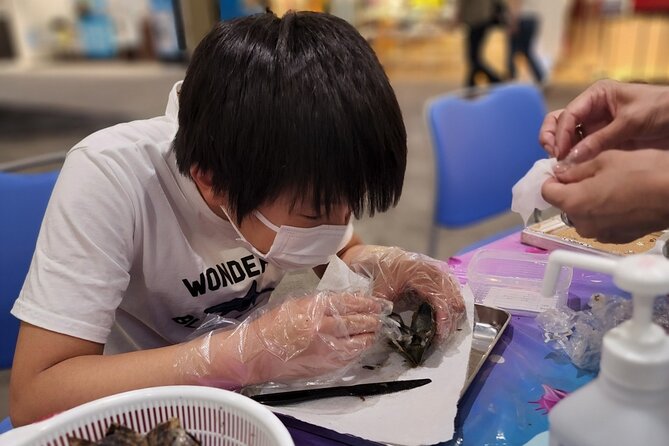
When extracting pearls from Akoya oysters, skilled harvesters delicately remove the precious gems with precision and care to ensure the oysters’ well-being.
Pearl cultivation methods play a crucial role in this process, as they determine the quality and size of the pearls produced.
Oyster shell recycling techniques are also employed to minimize waste and environmental impact.
After the pearls are carefully extracted, the oysters are often returned to the water to continue producing more pearls in the future.
This sustainable approach not only benefits the oysters but also helps maintain a healthy ecosystem for future generations.
Quality Grading of Akoya Pearls
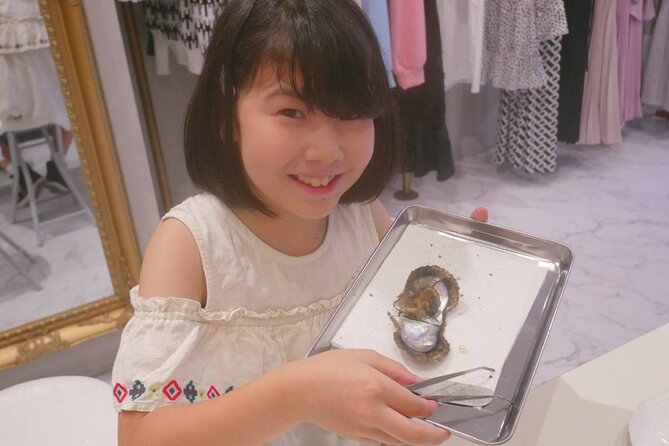
Skilled harvesters meticulously assess the luster, surface quality, shape, and size of Akoya pearls to determine their quality grading. When evaluating Akoya pearls, the following criteria are considered:
-
Pearl luster evaluation: The intensity and quality of light reflected on the pearl’s surface.
-
Cultured pearl appraisal: Assessing the overall quality and value of the pearl based on cultivation methods.
-
Akoya pearl color analysis: Examining the hue, tone, and saturation of the pearl’s color.
-
Pearl surface inspection: Checking for imperfections, blemishes, or irregularities on the pearl’s surface.
-
Shape and size assessment: Determining the uniformity, symmetry, and dimensions of the pearls.
These factors collectively contribute to the grading and pricing of Akoya pearls in the market.
History and Significance of Akoya Pearls
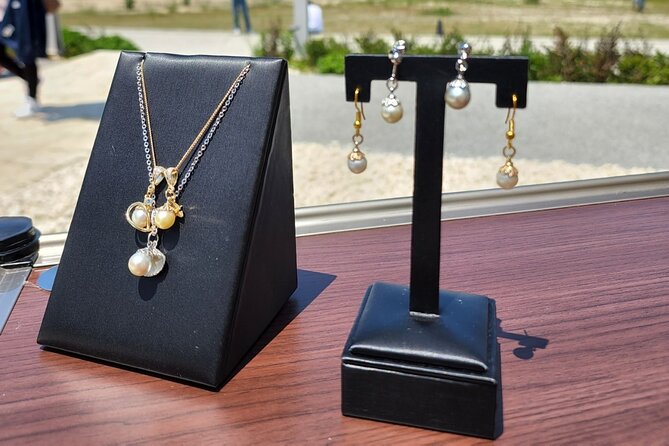
Amidst the rich tapestry of marine history, Akoya pearls have long held a position of revered significance. These pearls, originating from Japan, have deep cultural roots and are renowned for their exceptional quality. The historical origins of Akoya pearls date back centuries, with Japanese divers being the first to harvest these treasures from the depths of the ocean using traditional techniques. The cultural significance of Akoya pearls is evident in their use as symbols of elegance and sophistication. When it comes to quality grading, Akoya pearls are meticulously evaluated based on criteria such as luster, surface, shape, color, and size. This dedication to quality has solidified Akoya pearls as some of the most sought-after gems in the world.
| Historical Origins | Quality Grading | Cultural Significance |
|---|---|---|
| Japan | Luster | Elegance |
| Traditional Techniques | Surface | Sophistication |
| Centuries-old | Shape | Prestige |
| Japanese Divers | Color | Luxury |
| Deep Cultural Roots | Size | Symbolism |
Tips for Buying Akoya Pearls
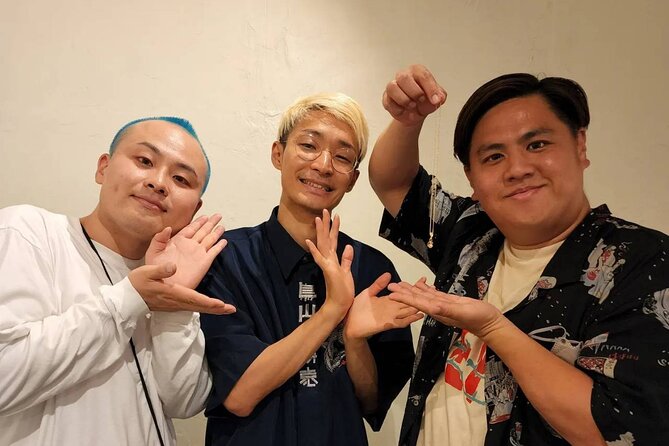
For those seeking to purchase Akoya pearls, it’s essential to understand key factors that determine their quality and value. When shopping for Akoya pearls, consider the following tips:
- Luster: Look for pearls with a bright, reflective luster, a sign of high quality.
- Surface: Smooth surfaces with minimal blemishes command higher prices.
- Size: Larger pearls are rarer and more valuable.
- Color: Classic white and rose overtones are most sought after.
- Origin: Understanding the oyster farming insights and where the pearls originate can give insight into their quality and value.
Common questions
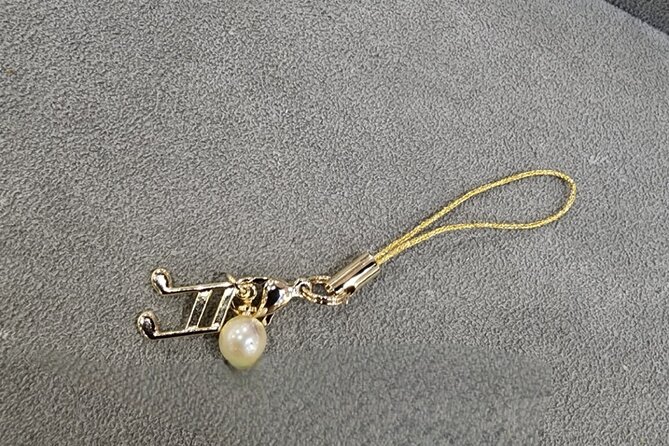
How Long Does It Take for an Akoya Pearl to Form Inside an Oyster?
It takes about 1-3 years for an Akoya pearl to form inside an oyster. This process involves meticulous cultivation and the natural growth of the oyster. The timeline showcases the intricate beauty of pearl development in marine life.
Are There Any Specific Environmental Factors That Can Affect the Quality of Akoya Pearls?
Environmental influences can significantly impact the quality of Akoya pearls. Factors like water temperature, salinity levels, and pollution in the oyster habitat can affect cultivation techniques, ultimately influencing the luster, size, and overall beauty of the pearls.
What Are Some Common Myths or Misconceptions About Akoya Pearls?
Common myths about Akoya pearls include misconceptions about their cultivation methods and value assessment. Harvesting techniques impact their quality. Market trends affect their pricing. Educating oneself about these factors dispels myths and enhances appreciation for Akoya pearls.
Can Akoya Pearls Be Artificially Colored or Treated in Any Way?
Yes, Akoya pearls can be artificially colored through various treatments. While dyeing methods are common, ethical concerns arise regarding transparency and misrepresentation. Consumers should understand the processes involved to make informed purchases.
Are There Any Traditional Rituals or Ceremonies Associated With the Harvesting of Akoya Pearls?
Traditional practices and cultural traditions infuse the harvesting of Akoya pearls with spiritual significance. Rich ceremonies accompany the process, reflecting the reverence for nature and the deep-rooted rituals that have been passed down through generations.
Last Words
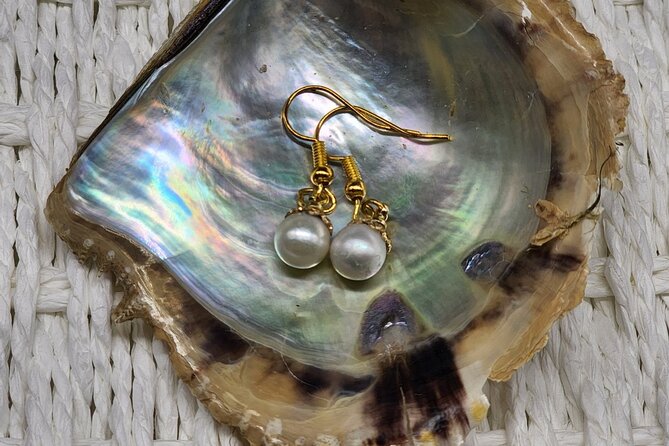
To sum it up, the experience of extracting pearls from Akoya oysters is a captivating journey that showcases the beauty and craftsmanship of nature and human hands working together.
From the shimmering waters to the skilled techniques used in harvesting, each step in the process is filled with wonder and dedication.
The history and significance of Akoya pearls add to their allure, making them a precious gem worth cherishing.
So next time you admire a beautiful Akoya pearl, remember the artistry and effort that went into creating it.